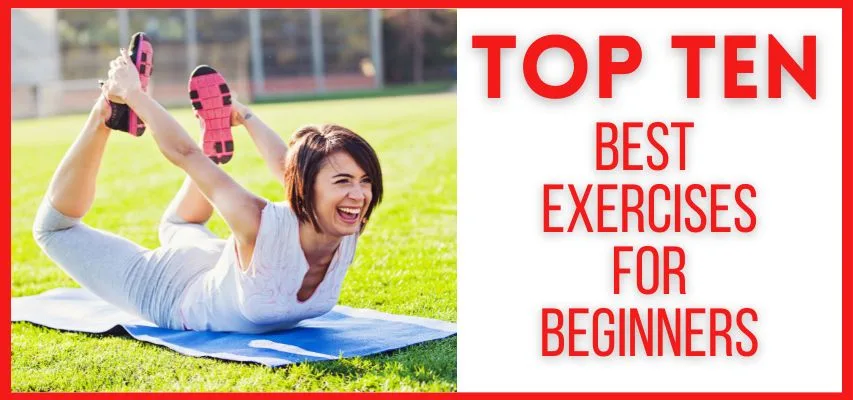Are you a beginner to the world of fitness and unsure where to start? Finding the right exercises can be overwhelming, especially when there are so many options available. That’s why we’ve compiled a list of the Top Exercises for Beginners to help you get started on your fitness journey. Whether you’re looking to build strength, improve your cardiovascular health, or simply feel better overall, these exercises are a great place to begin. From bodyweight exercises like squats and lunges to resistance training with dumbbells or bands, there’s something for everyone. Remember, consistency is key when it comes to fitness, so start small and gradually increase the intensity and duration of your workouts. By incorporating these Top Exercises for Beginners into your routine, you’ll be well on your way to achieving your fitness goals.
One common mistake many people make upon starting a new workout routine or regimen is doing too much too soon. Director of education for a fitness program and equipment hub, Living. Fit, Aaron Guyett says it’s best to start slower, lighter, and do less than you think because too much at once can lead to burnout, which is why people often quit when things feel too hard.
Workout Wednesday: Top Ten Best Exercises for Beginners
Welcome to the world of fitness! If you’re just starting on your journey to a healthier and more active lifestyle, you’ve come to the right place. In this guide, we’ll introduce you to the top ten best exercises for beginners. Whether you’re looking to build strength, improve flexibility, or simply boost your overall fitness level, these exercises are perfect for newcomers. They require little to no equipment, making them accessible to everyone, and they can be tailored to your fitness level. So, let’s dive in and discover the exercises that will kickstart your fitness journey and set you on the path to success.
1. Walking
Walking is an excellent exercise for beginners because it’s gentle, simple, and available to everyone. It brings many health benefits, like better heart health, a lower risk of illness, stronger muscles and bones, weight control, more energy, and a happier mood with less stress.
To start walking, just put on comfy shoes and go. You can walk anywhere, like your neighborhood, a park, or even on a treadmill. If you’re new to walking, begin slowly and gradually walking farther and faster as you get fitter. Remember to warm up with light cardio, like marching or swinging your arms, before walking. After your walk, be sure to stretch.
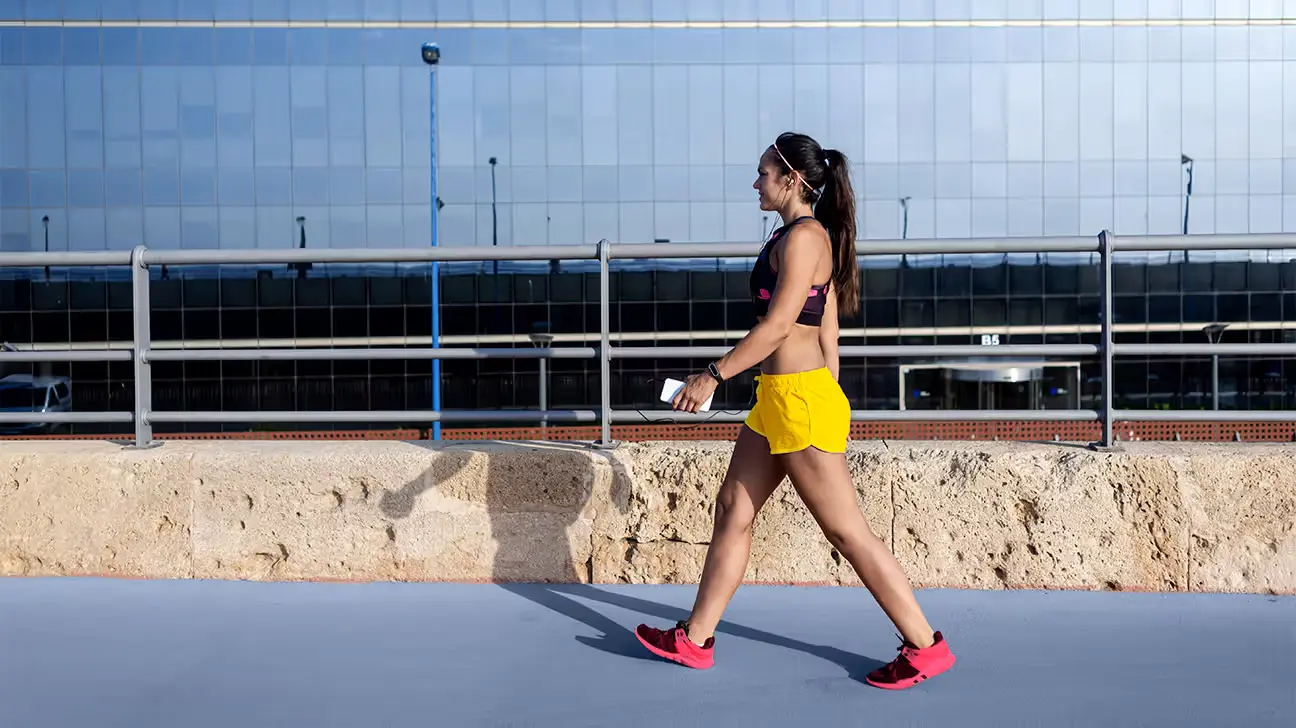
Walk at a brisk pace, but not so fast that you can’t talk normally. Aim for at least 30 minutes most days. If you want to make it more challenging, consider walking up hills or carrying weights.
2. Push-ups
Push-ups are a great way to strengthen your upper body, including your chest, triceps, and shoulders. Start on your hands and knees, with your hands shoulder-width apart and your body in a straight line from your head to your heels. Lower your body down until your chest touches the ground, then push back up to the starting position. If you can’t do a full push-up, start with your knees on the ground.
Push-ups are a classic and effective exercise for beginners that target the chest, shoulders, triceps, and core muscles. They require no equipment and can be done anywhere, making them a convenient choice for those just starting their fitness journey. Beginners can modify push-ups by doing them on their knees or against a wall to build strength gradually.
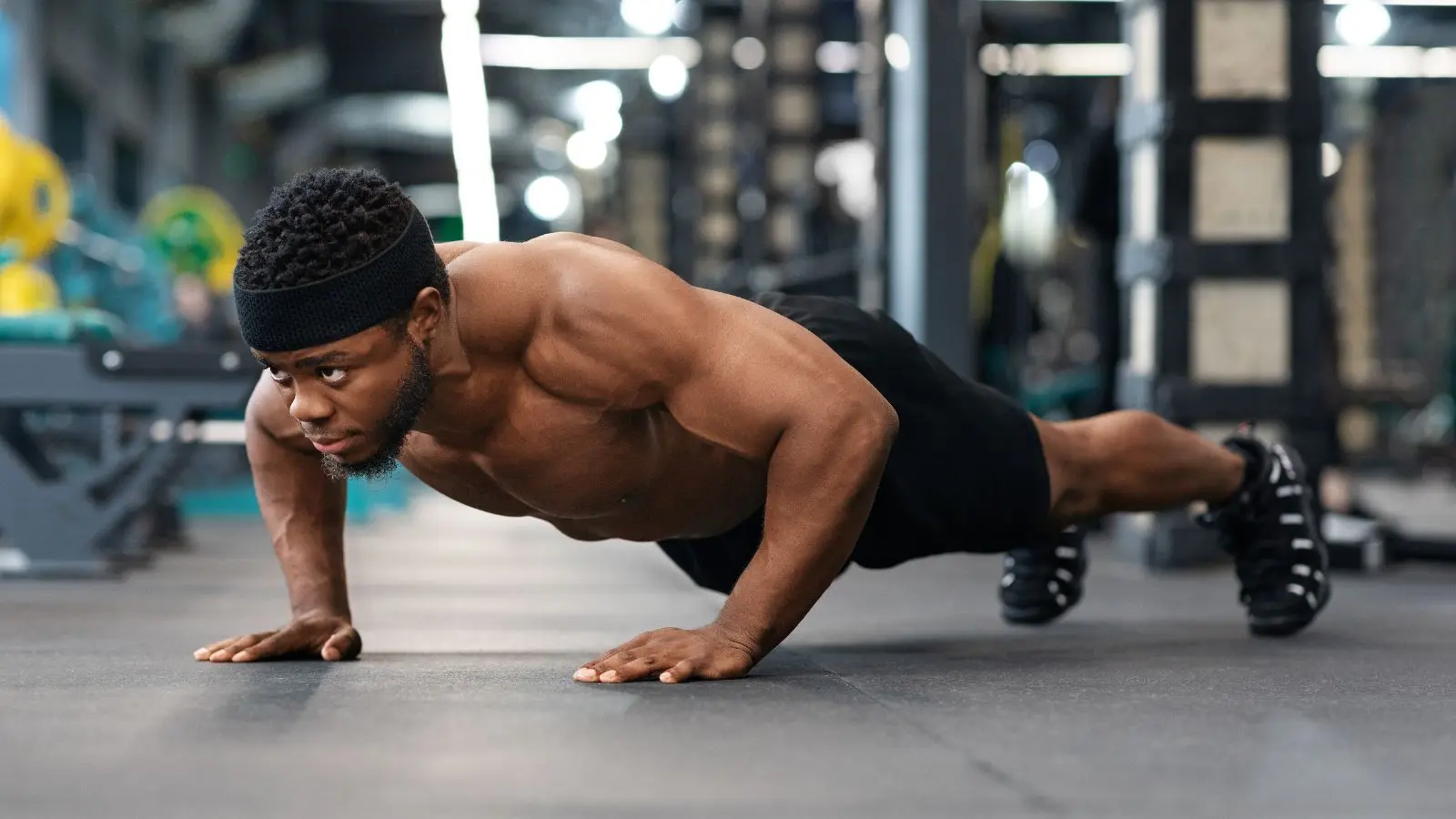
As individuals progress, they can challenge themselves by increasing the number of repetitions or trying different variations like incline or decline push-ups. Push-ups not only help build upper-body strength but also improve overall body stability and posture, making them a valuable addition to any beginner’s workout routine.
3. Squats
Squats are a fundamental exercise for beginners that provides a full-body workout. They target various muscle groups, including the quadriceps, hamstrings, glutes, and lower back. Squats are easy to learn and can be modified to suit different fitness levels. Beginners can start with bodyweight squats and gradually add weights as they progress. This exercise not only builds strength but also improves balance and flexibility.
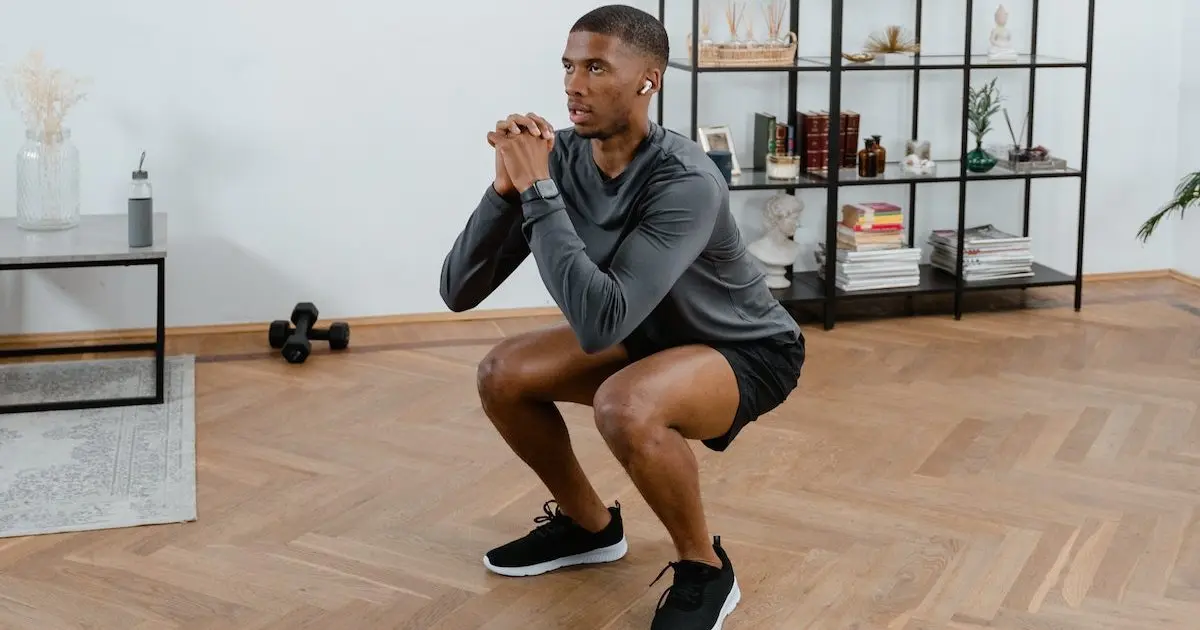
Proper squat form is essential to prevent injury, so beginners should focus on maintaining good posture and technique throughout the movement. Squats are a versatile and effective addition to any beginner’s exercise routine, offering numerous benefits for overall fitness.
4. Lunges
Lunges are a great way to work your quads, hamstrings, and glutes, as well as your balance and coordination. Start by standing with your feet shoulder-width apart. Step forward with one leg and lower your body down until both knees are bent at a 90-degree angle. Make sure your front knee is directly over your ankle and your back knee is hovering just above the ground. Push back up to the starting position and repeat with the other leg.
Lunges are among the top exercises for beginners looking to enhance lower body strength and stability. They are easy to learn, require no special equipment, and can be tailored to suit different fitness levels. Beginners can start with basic stationary lunges and then progress to walking or reverse lunges as they build strength and confidence.

This exercise primarily targets the quadriceps, hamstrings, and glutes, helping improve leg strength and overall balance. Lunges also engage the core muscles, making them a valuable addition to any beginner’s workout routine.
5. Plank
The plank is a great way to strengthen your core, which is important for good posture and balance. Start in a push-up position with your forearms on the ground. Hold your body in a straight line from your head to your heels for as long as you can.
The plank exercise is an excellent choice for beginners aiming to strengthen their core and build overall body stability. It’s a simple yet highly effective exercise that doesn’t require any equipment. Beginners can start with short intervals and gradually increase the time as their core strength improves. Planks engage multiple muscle groups, including the abdominals, back, and shoulders, helping to improve posture and reduce the risk of back pain.
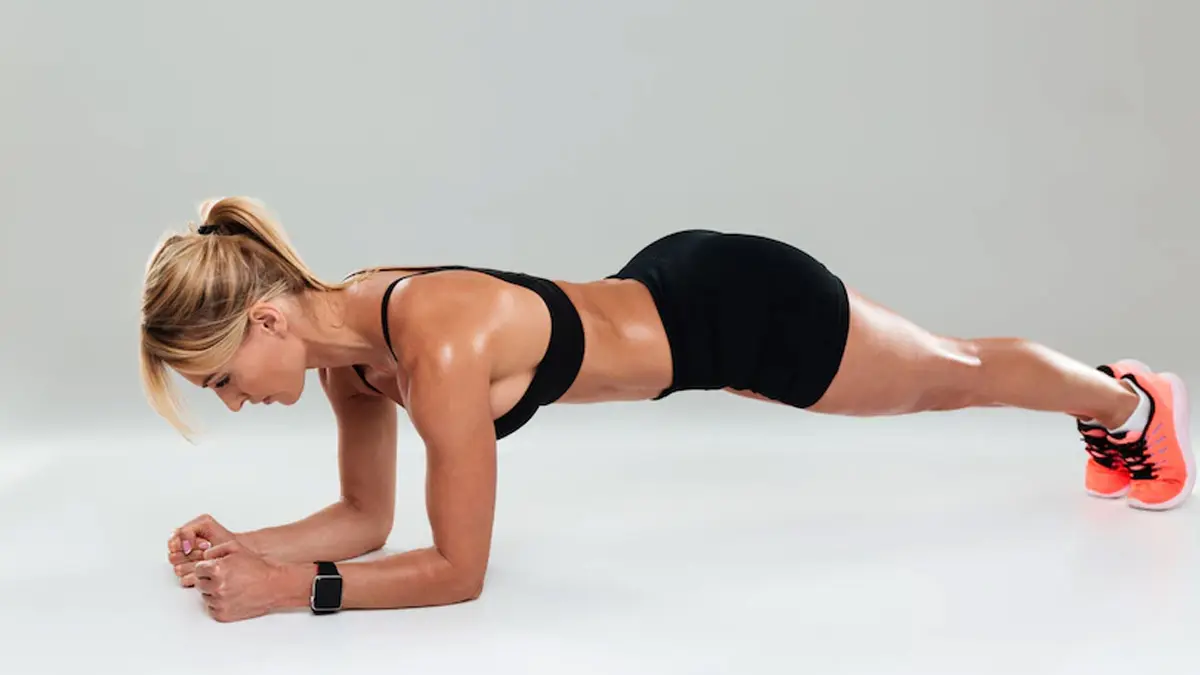
Plus, planks can be easily modified to suit individual fitness levels, making them accessible to everyone. Whether done on the floor or with variations like side planks or forearm planks, this exercise is a fundamental addition to any beginner’s workout routine.
6. Rowing
Rowing is a fantastic exercise for beginners, offering a full-body workout that combines cardio and strength training. It’s low-impact, making it gentle on joints, and suitable for people of all fitness levels. Rowing machines, readily available in gyms, provide an accessible way to get started. Rowing helps improve cardiovascular health, tones muscles and burns calories effectively.

Beginners can begin with shorter sessions and gradually increase the duration and intensity as they build endurance. Rowing not only boosts physical fitness but also provides an engaging and efficient workout that can help beginners achieve their fitness goals.
7. Swimming
Swimming is an ideal exercise for beginners as it offers a full-body workout with minimal impact on joints. It enhances cardiovascular fitness, builds muscle strength, and improves flexibility. Swimming is accessible to people of all fitness levels, and beginners can start with basic strokes and gradually progress. Whether you swim in a pool or in open water, it’s a refreshing and enjoyable way to stay active.

Moreover, swimming promotes relaxation and relieves stress, making it an excellent choice for beginners looking to improve their overall fitness and well-being while having fun in the water.
8. Biking
Biking is a top choice for beginners embarking on a fitness journey. It’s a low-impact, enjoyable exercise that improves cardiovascular health, strengthens leg muscles, and helps with weight management. Whether you prefer cycling outdoors or using a stationary bike, it’s an accessible and versatile option.

Beginners can start with leisurely rides and gradually increase intensity. Biking not only provides an effective workout but also allows you to explore new places, making it a fantastic exercise for beginners seeking both physical and outdoor adventure.
9. Yoga
Yoga is a fantastic choice for beginners seeking physical and mental wellness. It combines gentle physical postures, controlled breathing, and meditation to improve flexibility, strength, and relaxation. Yoga is adaptable to various fitness levels, making it ideal for beginners. It not only enhances physical fitness but also reduces stress and promotes mental clarity and balance.
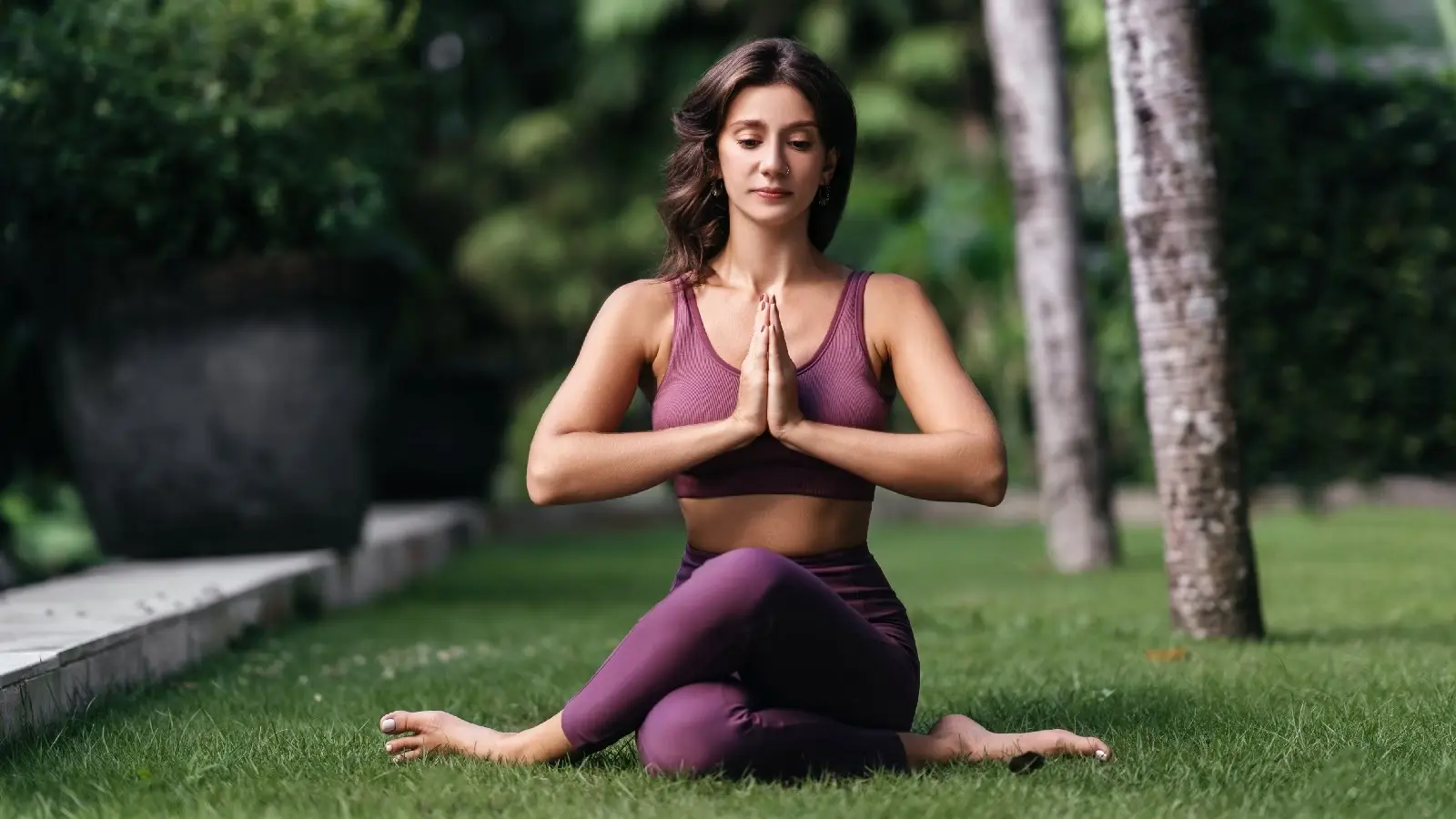
Whether you’re aiming to increase flexibility, find inner peace, or simply stay fit, yoga provides a holistic approach to well-being that caters to beginners and offers a path to a healthier and more serene lifestyle.
10. Pilates
Pilates is an excellent exercise for beginners, focusing on strengthening the core, improving flexibility, and enhancing overall body awareness. It consists of controlled movements and breathing techniques that help develop a strong foundation for fitness.
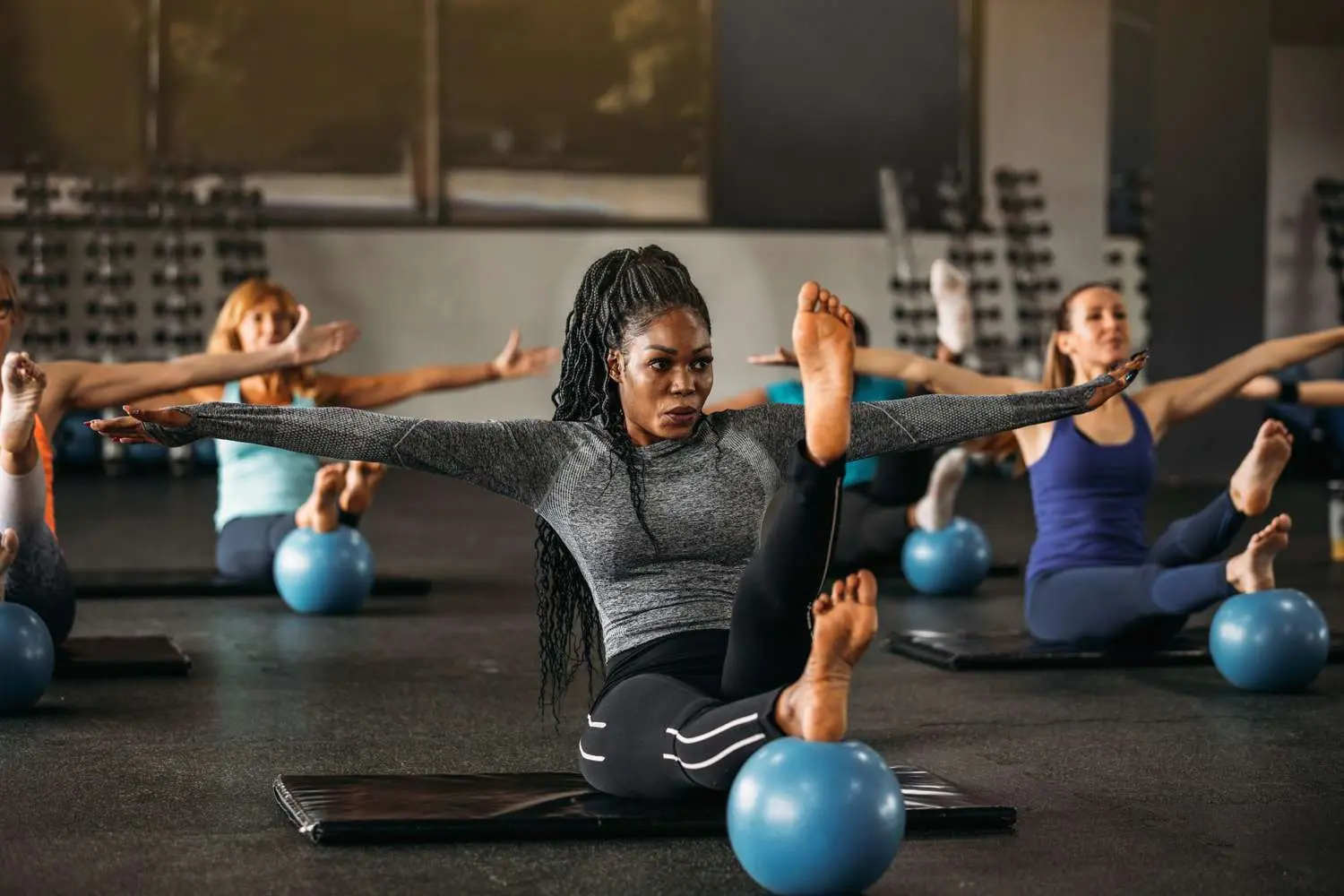
Pilates exercises can be adapted to various fitness levels, making it accessible for beginners. Whether you’re looking to improve posture, build strength, or increase flexibility, Pilates offers a holistic approach to fitness that benefits both the body and the mind.
FAQs : Best Exercises for Beginners
Q. How often should I exercise?
The Centers for Disease Control and Prevention (CDC) recommends that adults get at least 150 minutes of moderate-intensity aerobic activity or 75 minutes of vigorous-intensity aerobic activity each week. Children and adolescents should get at least 60 minutes of physical activity each day.
Q. What time of day is best to work out?
Morning workouts are ideal for burning fat and losing weight, but afternoon workouts may give your performance a boost since you’ll have eaten a meal or two by the time you get going.
Q. How long should my workouts be?
Your workouts should be at least 30 minutes long, but they can be longer if you have time. If you are just starting out, you may want to start with shorter workouts and gradually increase the duration as you get stronger.
Q. Do I need to warm up before my workouts?
Yes, it is important to warm up before your workouts. Warming up helps prepare your body for exercise and reduces your risk of injury. A good warm-up should include 5–10 minutes of light cardio, such as walking or jogging, followed by some dynamic stretches, such as arm circles and leg swings.
Q. Should I do strength training, cardio, or both?
Both. Strength training is done 2-3 times per week and cardio is done 3-5 times per week.
Q. What are good strength training exercises for beginners?
Push-ups, squats, lunges, planks, crunches, bicep curls, tricep extensions, and shoulder presses.
Q. What are good cardio exercises for beginners?
Walking, running, biking, swimming, dancing, and aerobics classes.
Q. How do I stay motivated to work out?
Set realistic goals, find a workout buddy, and track your progress.
Q. How can I measure my progress?
Track how long you can work out, how much weight you can lift, your heart rate during workouts, and your body measurements.
Conclusion: Final Thoughts on Top Exercises for Beginners
Top Exercises for Beginners are essential for building a strong foundation and starting your fitness journey on the right foot. Remember, consistency is key. Incorporate these exercises into your routine, gradually increasing the intensity and duration as you progress. Always listen to your body and avoid overexertion.
As you explore the world of Top Exercises for Beginners, don’t forget to have fun and find activities that you enjoy. Whether it’s dancing, swimming, or hiking, the most important thing is to stay active and make exercise a part of your lifestyle. By dedicating time to these workouts, you’ll improve your overall health, boost your energy levels, and enhance your quality of life. So, lace up your sneakers, grab your workout gear, and embark on your fitness adventure with the Top Exercises for Beginners.

